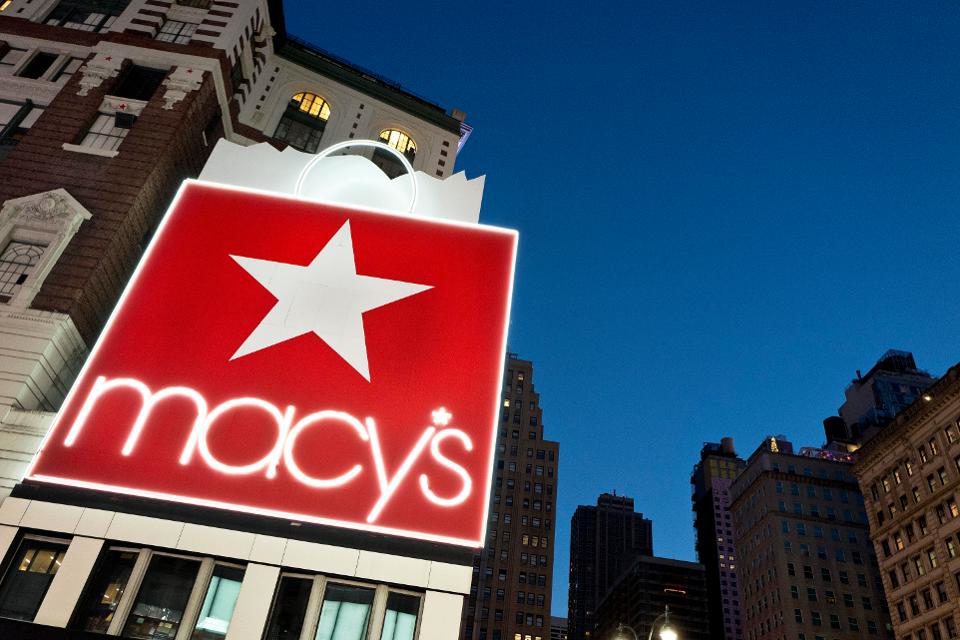File photo shows Macy’s flagship store in New York. (AP Photo/Mark Lennihan, File)
I first pointed to what I called “retail’s great bifurcation” literally two years ago today. Though it wasn’t the first time that I had observed what I saw as the impending collapse of the middle. I began writing and speaking about that during 2011.
As we emerged from the financial crisis it seemed clear to me that retail brands were faced with the proverbial fork in the road. A strategy of being just about everything to everybody–of selling average products to average people in an average experience–was becoming increasingly untenable. While it’s easy to credit the “Amazon effect,” or the overall rise of e-commerce, that’s only part of the story. The fact is many factors conspired to squeeze the middle, while, for the most part, the two ends of the spectrum continue to thrive.
For years now brands that execute well on price, dominant assortments, buying efficiency and convenience are winning. Amazon, Walmart, Best Buy, Home Depot, Costco and virtually all the off-price giants and dollar stores, are driving strong growth and profits. And–I hope you are sitting down for this–despite the silly retail apocalypse narrative, they are all opening stores–in some cases lots of them. Similarly, we find many success stories at the other end of the spectrum. Most established luxury brands are experiencing strong growth, as are higher-end specialty retailers who have a tight customer focus, offer a superior experience and provide a real emotional brand connection. Think Apple, Bonobos, Nordstrom, Sephora, Ulta, Warby Parker and many more. Somehow living in the age of Amazon and digital disruption has not come remotely close to creating an existential crisis for these retailers.
Of course, the story is very different for others in the great, mostly undifferentiated, wasteland of the middle. Most of the retailers that have recently made their way to the retail graveyard or find themselves at the precipice suffer from a decided lack of relevance and remarkability. They have decent prices, but not the best price. They have some service, but nothing to get excited about. Their product assortments and presentations are drowning in a sea of sameness. The overall experience is dull, dull, dull. It’s not surprising that a quick perusal of a store closing tracker features names like Sears, J.C. Penney, Macy’s and Radio Shack; brands that staked out the moderate part of the market long ago and have failed to innovate in any material way. Most of these companies now lack the financial resources, time and organizational DNA to affect the necessary transformations. This will end badly.
While it’s tempting to blame Amazon for the deep troubles faced by mid-priced department stores, the category has been on the decline for more than two decades. Studies also show that the majority of market share lost by these players in recent years has gone to the off-price sector. To be sure, Amazon is putting pressure on most sectors of retail. Further, the rise of digital shopping has created a radical transparency that places the customer firmly in charge. In many respects what was once scarce–reliable product information, lower prices, access to products from across the country (and around the world), rapid delivery–no longer is. No customer wants to be average and today, in most instances, no customer has to be. And, for those brands that have seriously invested in deep customer insight and committed to a “treat different customers differently” strategy, there is no place for unremarkable competitors to hide. Good enough no longer is.
The bifurcation of retail is only going to become more pronounced. The fork in the road is more and more obvious. The collapse of the middle will only get worse.
It turns out it’s really bad time to be boring.

